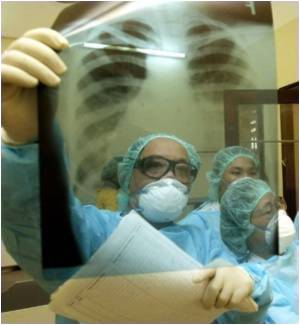Scientists at the University of Jyvaskyla in Finland have developed an animal model which is capable of targeting multiple disease pathways.

To create this animal model, researchers bred high-runners with high-runners and low-runners with low-runners to divide and concentrate the genes for these traits in two groups of rats.
After 11 generations of selection, "high-runner" rats could run three times as far as the "low-runner" rats. The low-runner rats appeared to be at a higher risk for disease than the high-runner rats.
Genetic analysis of the two groups of rats revealed that the expression levels of seven functionally related groups of genes correlated with differences in aerobic running traits and disease risks between the low- and high- runner rats. This makes the low-runner and high-runner rat model system a valuable tool to explore mechanisms underlying disease risks at all levels of biological organization.
"Genes that increase resistance to common diseases in high-runner rats are also present across species," said Gerald Weissmann, Editor-in-Chief of The FASEB Journal.
"As our understanding of disease grows in complexity, so does our need for animal models that can mimic disease susceptibility in humans."
Advertisement
Source-ANI









